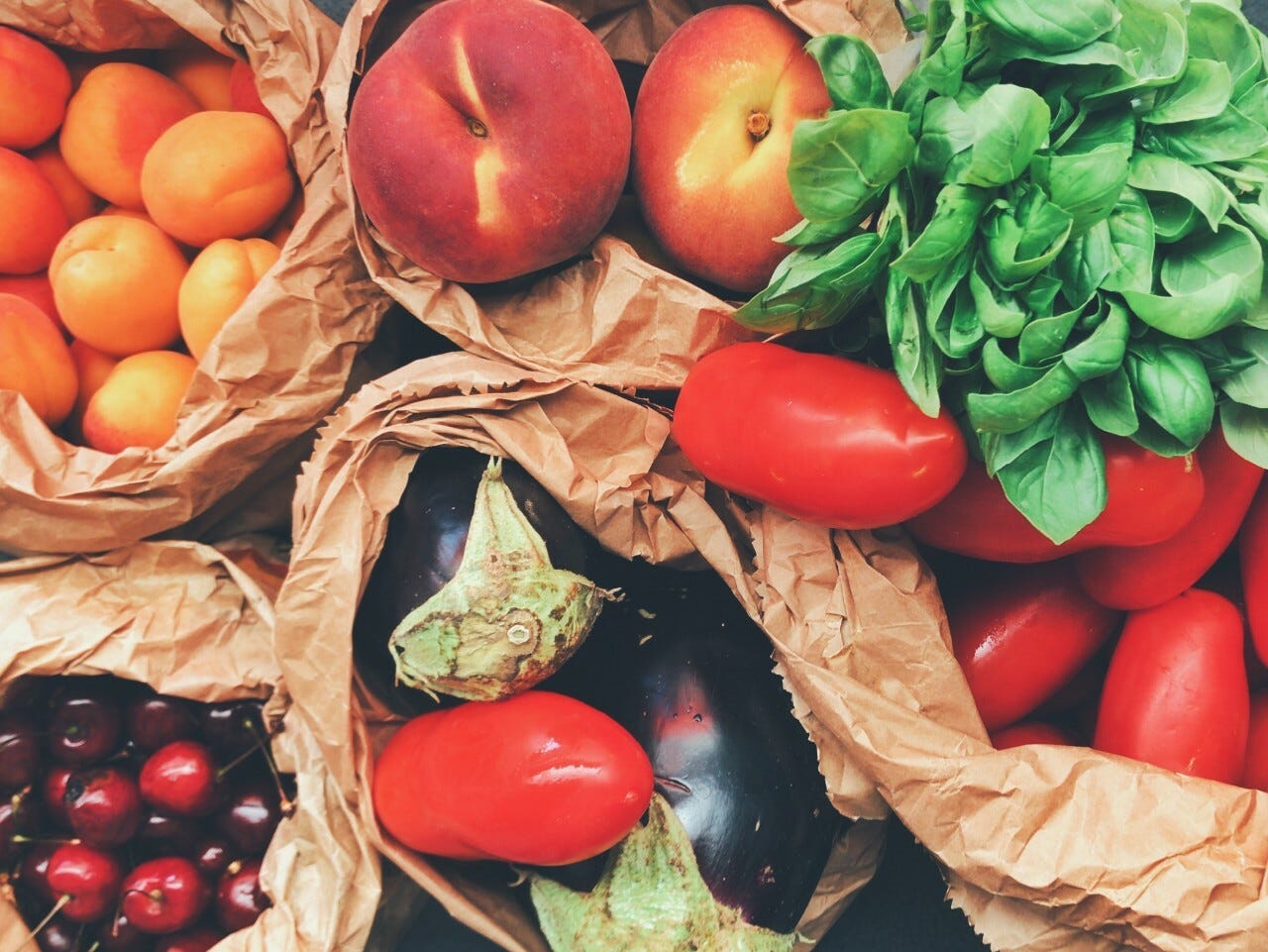
Are we, ‘what we eat’ or ‘what we digest’?
The old saying, ‘you are what you eat’ might not be all that accurate. Nutrients aren’t technically in your body until absorbed. A diet of plenty of fruits, vegetables and wholegrain sounds great, but for some of us our digestive systems are not working at their best and all the nutrients we are putting in are not necessarily getting in.
How to increase your nutrient absorption
1. Chew your food well
I mean really well. It makes it much easier for your body to digest and absorb the valuable nutrients. That means chewing your food past what you normally would, particularly those hard to chew foods such as wholegrain breads, meat and nuts, and a little less for those that are already soft such as banana or mashed potato.
When we chew, this is the beginning of the digestion process. Chewing mechanically breaks down the food, increasing the surface area for enzymes to gain access and start digesting the food. Once the food is broken into very small particles the absorption process can begin through the small intestinal wall into the bloodstream.
If the food is still quite whole, it may move along the digestive tract through the small intestines into the large intestine either partially or fully undigested (think peas, corn that move straight through). The result is you miss out on valuable nutrients.
2. Add some healthy fats to your food
Adding extra virgin olive oil or other monounsaturated oils, nuts, seeds or avocado will increase the absorption of fat-soluble vitamins A, D, E and K. Drizzle extra virgin olive oil over vegetables, sprinkle seeds and nuts on salads and spread avocado on wholegrain bread.
3. Eat foods rich in vitamin C
Foods rich in vitamin C with high iron increase your body’s absorption of iron. How about tomatoes or citrus in your green leafy salad or a squeeze of lemon on your legumes?
4. Support your gut health
Minimizing alcohol and sugary drinks, using daily relaxation practices and eating a well-balanced diet of fruits, vegetables and wholegrains to provide fibre to the host of bacteria in the large intestine.
5. Feed your gut bacteria
Some parts of food are supposed to find their way into the large intestine, one being dietary fibre. It passes through the small intestine to the large intestine where it plays an important part in bulking up stools and some types of dietary fibre, prebiotic fibres, will be fermented. The fermentation can aid absorption of some nutrients and produces short chain fatty acids that are absorbed into the bloodstream. Those such as butyrate, have positive health effects.(1)
6. Give your gut a rest
We don’t know how long our gut needs to rest whether it be a few hours, 12 hours overnight or more, but at least some time without food allows for the migrating motor complex to give the gut a ‘clean out’. It is a little like a street sweeper, cleaning through the gut. You can sometimes hear the grumbling noise. This is not saying we should fast but maybe stop eating earlier in the evening to give your body an overnight rest. This might help keep the gut healthy which in turn aids with absorption. (2)
We can see that nutrients in a food are not necessarily what are in you. Starting with how you chew and then with what you choose will have a big influence on whether you are what you eat!
References:
- Slavin J. Fiber and prebiotics: mechanisms and health benefits. Nutrients. 2013;5(4):1417-1435. Published 2013 Apr 22. doi:10.3390/nu5041417
- Deloose E, Janssen P, Depoortere I, Tack J. The migrating motor complex: control mechanisms and its role in health and disease. Nat Rev Gastroenterol Hepatol. 2012;9(5):271-285. Published 2012 Mar 27. doi:10.1038/nrgastro.2012.57
